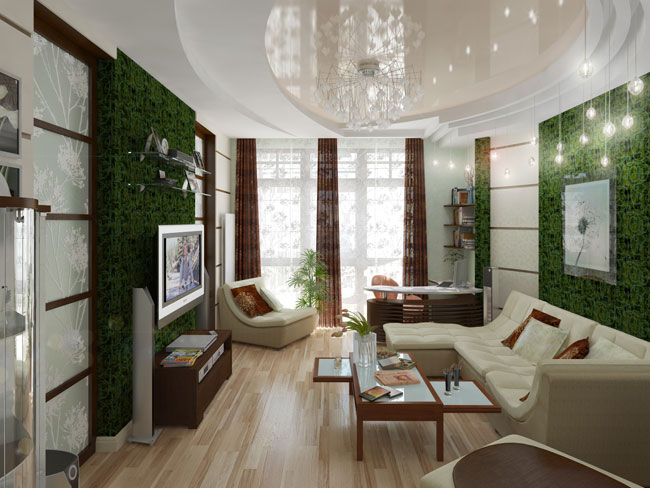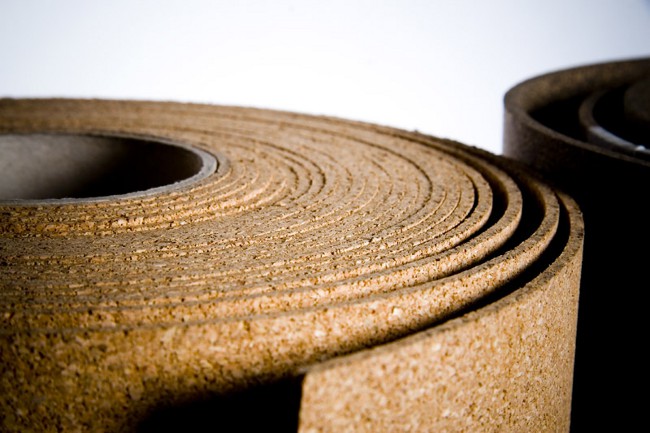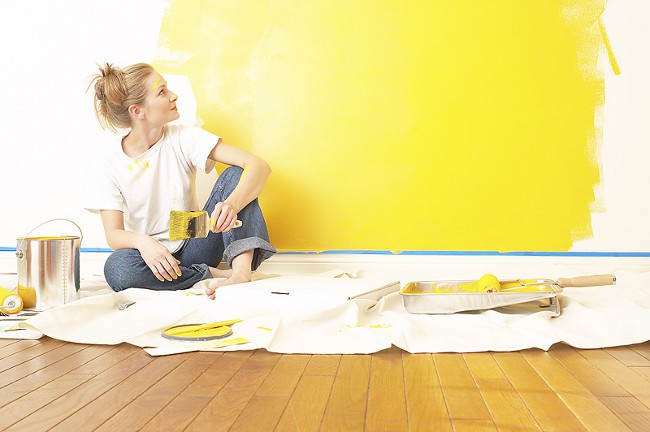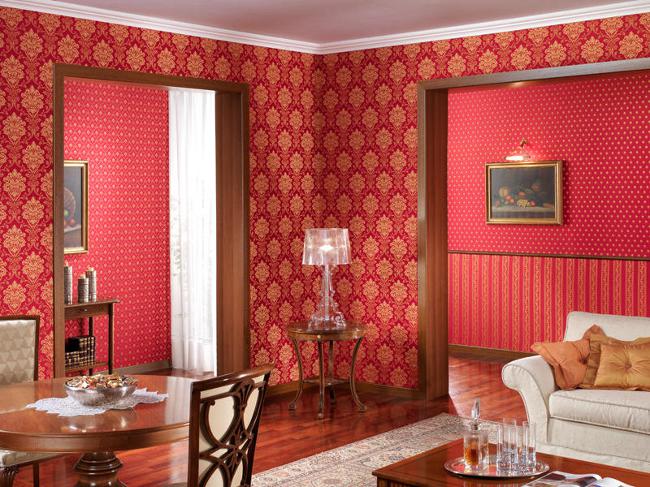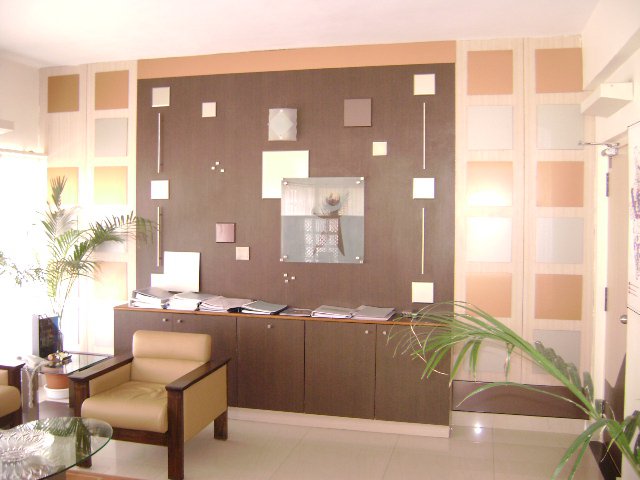What is Linkrust?
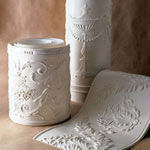
Lincruste or linkrusta - one of the modern finishing rollsmaterials, characterized by good strength, durability, hygroscopicity. Invented as far back as 1877 by Frederick Walton, this material is still very widely used in the decoration of various rooms.
The very name "linkrust" comes from the namethe English brand Lincrusta-Walton, which in turn is formed from the Latin word "linum", meaning flax and "crusta", which means relief. Lincrust is a Roll material on a fabric or paper base, on which a thin layer of plastics is made of natural materials or alkyd resins.
LINKRUST is applied in exactly the same way as anyother types of wallpaper. In particular, it is good to use for finishing kitchens, because it is easy to clean and can withstand weak disinfectant solutions. Lincrust can be painted with oil paint.
The technology of sticking lincrusta on the walls has some features. So, the preparation of walls for finishing lincrustomincludes the following steps. Old plaster from the walls should be removed, then it is necessary to apply a new plaster, wipe it and iron it. The dried wall surface must be treated with pumice stone or ordinary brick, wrapped in sandpaper.
Then Using a dry cloth, the surface of the wall should be cleaned of dust and primed a mixture of natural varnish (2 kg), tariron grated (1 kg) and desiccant for hardening the composition (50 g). After priming the wall must be dried for 2-3 days, then, after filling and re-priming, dry for a few more days. Only after this, you can start sticking the linkrust.
Cut lincrust for gluing should be with a margin of 10 cm - for shrinkage. Prepared linen should be rolled into rolls andsoak in hot water (about 60 ° C) for 3-5 minutes. Then the rolls need to be placed vertically, drain the water, and then roll the lincrust through the floor face up.
Leave lincrust for 10-12 hours to soften and shrink. If this is not done,gluing lincrusta between the joints of the canals, crevices are formed, up to 10 mm. After shrinkage it is necessary, having pressed to the lincrusta canvases a long rake, to cut the edges from both sides. This is necessary to ensure that the joint between the canvases is almost invisible.
Glue for gluing lincrusta is used perchlorovinyl or bustilat. Glue lincrust can also be used for flour or starch paste, adding 200 g of joinery glue.
Having spread lincrusta linen with glue, you can proceed directly to gluing. The first cloth must be glued exactly along the vertical plummet, all subsequent canvases are aligned with the previous one. It is important to tightly press the edges of the sheets together to avoid the appearance of slits. When sticking, the linkcrust should be immediately smoothed, otherwise wrinkles can form.
Dry lincrustom wall should be for 7-10 days, then it can be covered with oil or enamel paint. The crevices that appeared on the joints can be disguised with a half-oil filler, and after drying, wipe with a sanding cloth and paint 1-2 times with the selected color.
